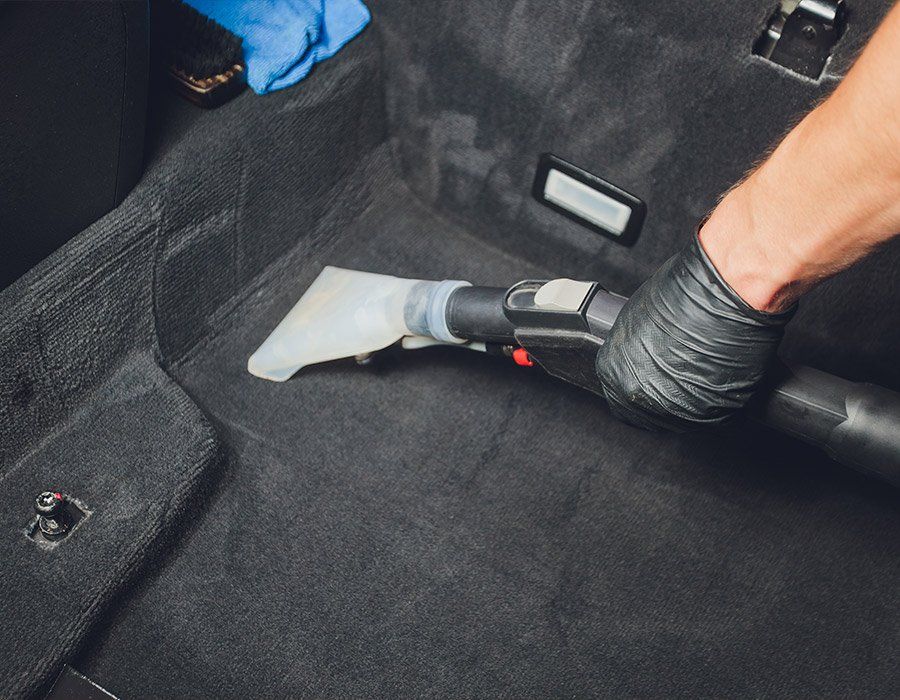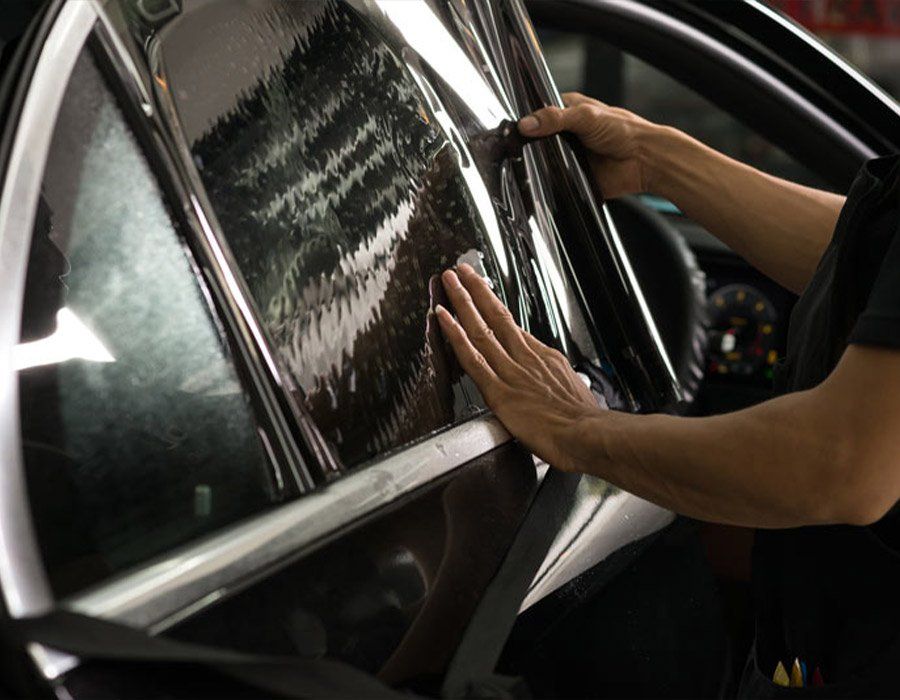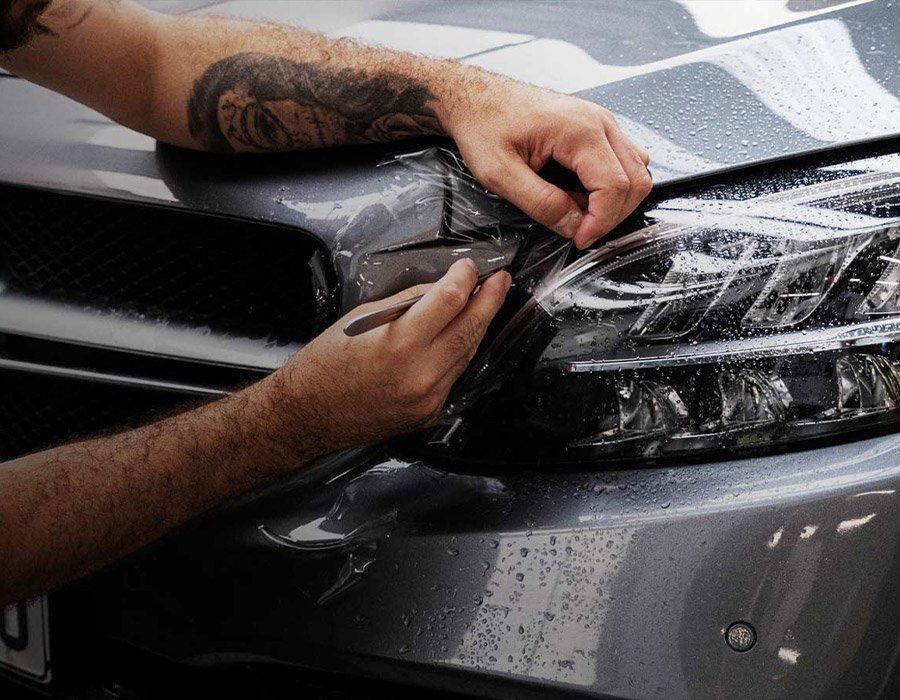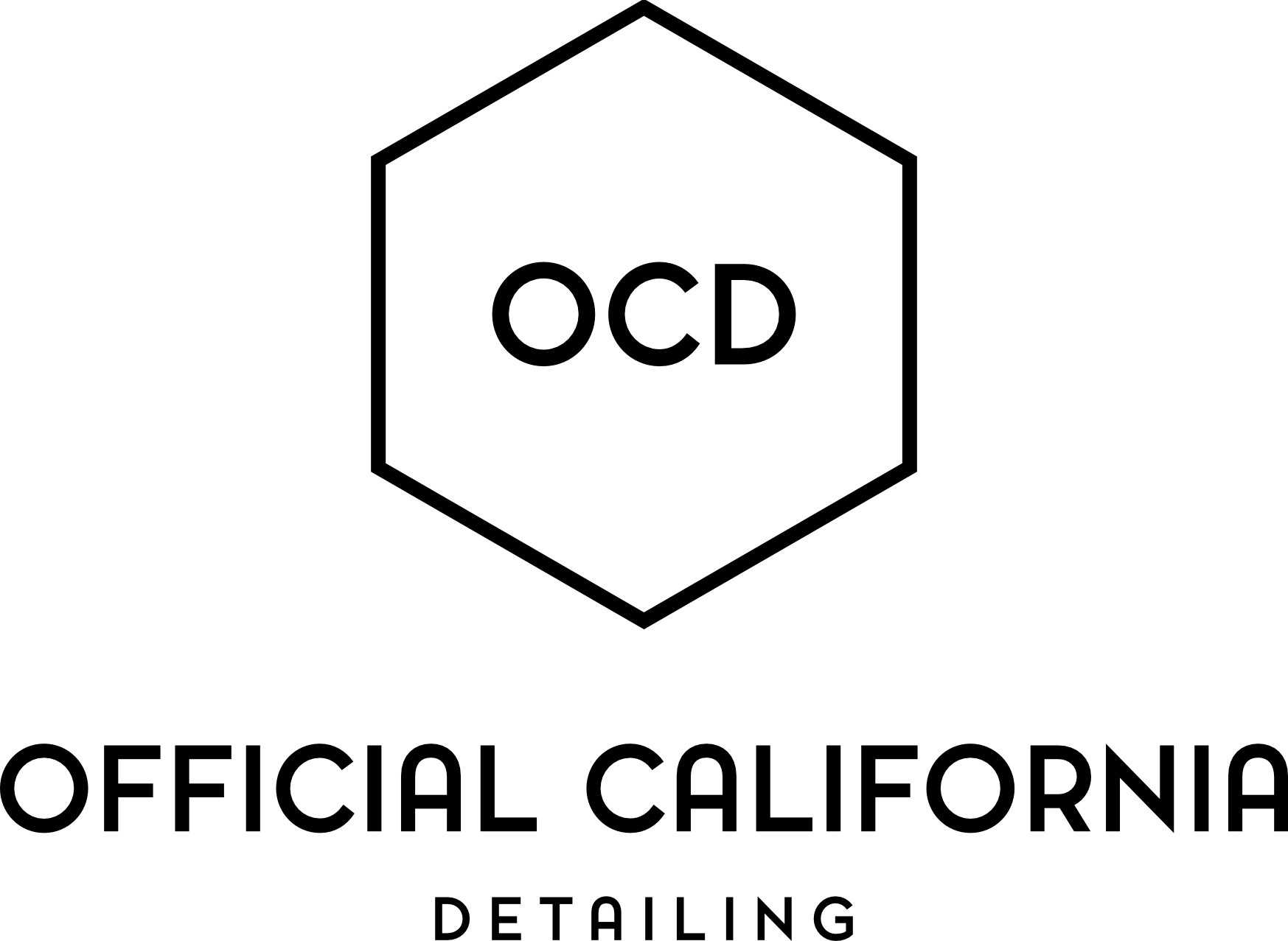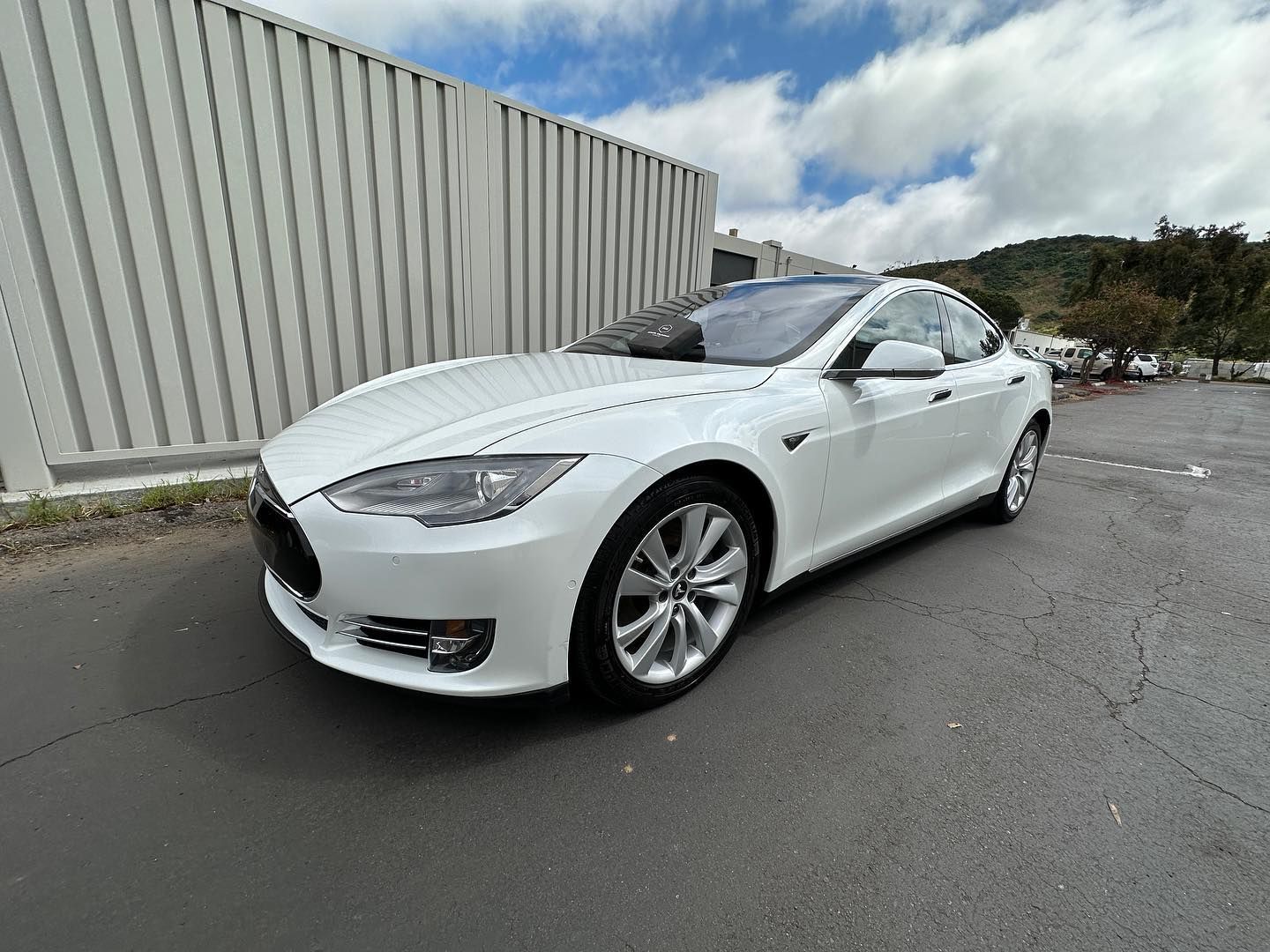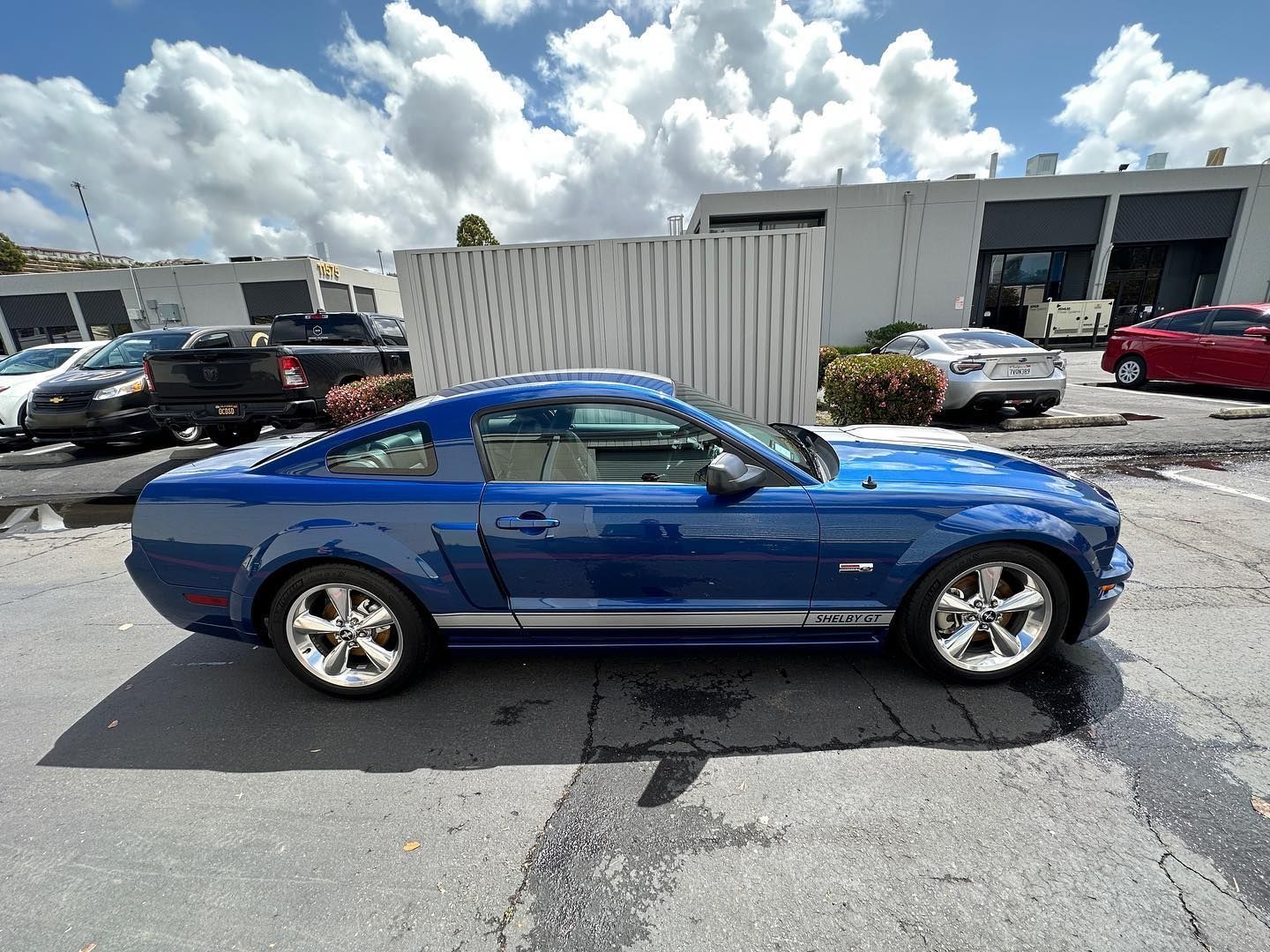Official California Detailing Blog
Beyond the Basics: Specialized Applications of Paint Protection Film
(619) 760-4962 GET A QUOTE NOWPaint Protection Film (PPF) isn't confined to just guarding your vehicle's surface against scratches and grazes. With thoughtful customization, PPF can serve as a tailored shield for high-wear zones on motorcycles, hugging curves on exotic cars, or even armoring the leading edge of aircraft wings. But there's more - PPF can also be your secret ally for performance enhancement. Strategically applied, it can streamline air resistance and rev up speed and fuel efficiency, especially for high-octane sports cars. Imagine exploring these possibilities with PPF for your vehicle.
Our comprehensive guide, "Specialized Applications of PPF," explores the most advanced uses of PPF, including protecting high-impact areas prone to damage, custom installations for unique vehicle features, and innovative uses in other industries such as marine and aviation. This resource explores the versatility of PPF and its potential for tailored protection in a variety of settings.
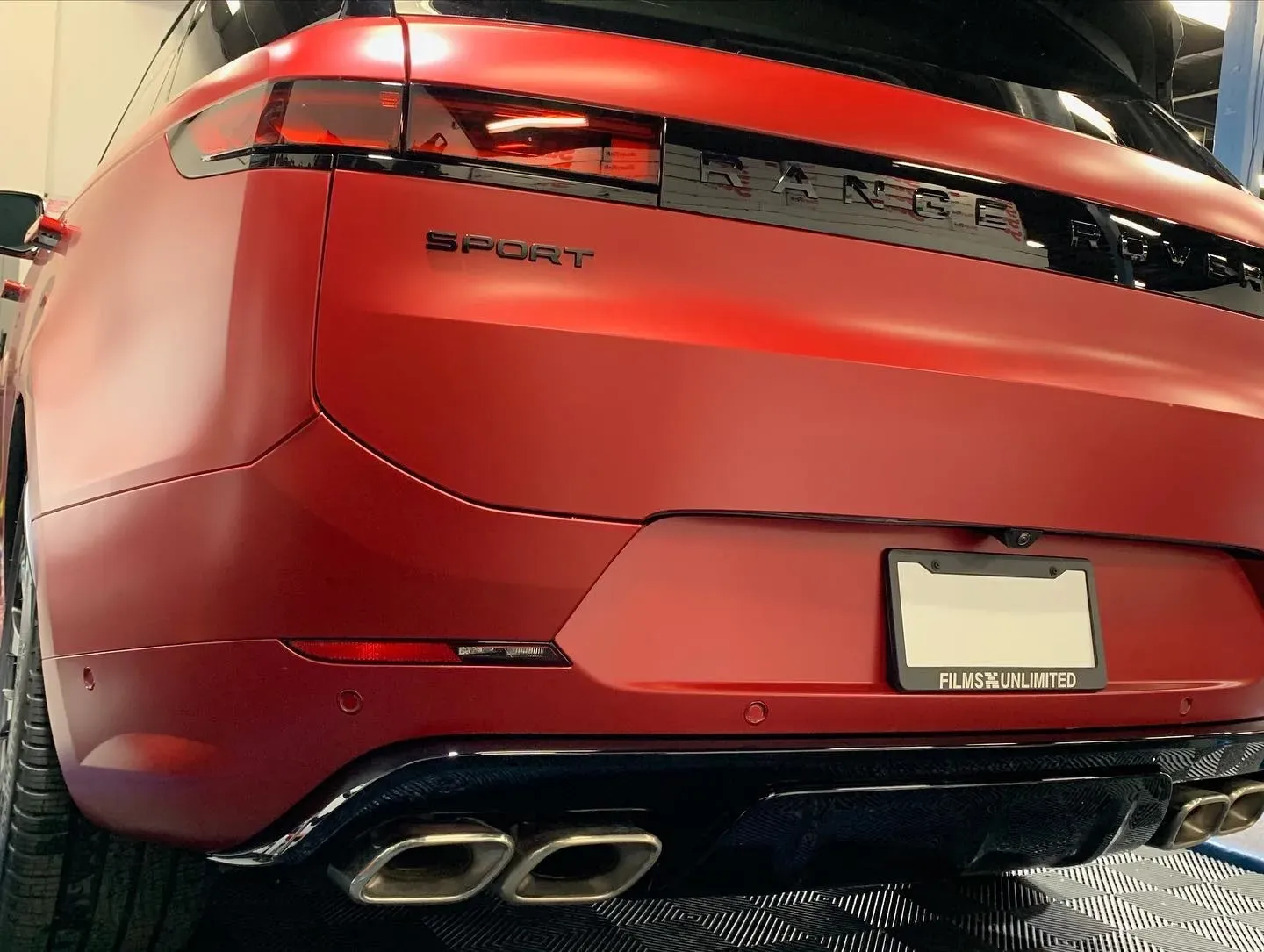
Customizing PPF for Specialized Applications
Customizing paint protection film (PPF) involves more than just applying a generic sheet to a vehicle; it's an art form that caters to the nuanced shapes and contours of different vehicles' exteriors. This approach is essential for exotic cars with unique designs, motorcycles with high-wear areas, and aircraft wings prone to debris damage.
Exotic cars are known for their sleek and intricate designs, often featuring curves and edges that are far from standard. To create a seamless finish on these automobile masterpieces, custom patterns are meticulously designed to provide comprehensive coverage while preserving the vehicle's aesthetic appeal.
Specialized PPF applications combat the one-size-fits-all mentality by providing tailored protection for a wide range of vehicles and objects. Expertise is required in this field of craftsmanship to harmonize form and function and produce a protective barrier that is both covert and extremely strong.
The beauty of customizing PPF for specialized applications lies in its ability to cater to uniquely shaped surfaces while offering unparalleled protection that remains imperceptible to the eye.
From customized applications designed to fit the complex contours of vehicles to tailoring protection for unique surfaces, the use of PPF extends beyond traditional roles and opens up new possibilities for enhancing performance.
Using PPF for Performance Enhancement
When thinking about paint protection film, it's often in the context of safeguarding vehicles from chips, scratches, and environmental damage. However, there's a lesser-known application of PPF that plays a crucial role in enhancing vehicle performance, especially in the case of high-speed sports cars.
Aerodynamics is pivotal in automotive engineering, directly impacting a vehicle's speed and fuel efficiency. PPF can be strategically applied to optimize aerodynamics by covering specific areas or creating a smooth surface. By minimizing air resistance through the use of PPF, vehicles can experience a noticeable improvement in speed and fuel efficiency. The ability to reduce drag has significant implications for high-performance racing, where even a fraction of increased speed can make a substantial difference.
This specialized use of PPF showcases its versatility and innovation within the automotive industry. It goes beyond mere surface protection and demonstrates how this technology can contribute to the overall performance and efficiency of vehicles.
Comparing PPF and Ceramic Coated Paint
When considering how to protect your vehicle, both paint protection film (PPF) and ceramic coating offer valuable benefits. PPF acts as a physical barrier against scratches, rock chips, and minor impacts, providing reliable defense for the car’s exterior. Conversely, the ceramic coating forms a strong bond with the paint surface, creating a semi-permanent shield against contaminants, UV rays, and chemical etching.
So, what are some key considerations when comparing these two protective measures? One significant difference lies in their application methods and level of protection.
Regarding application, PPF is applied as a protective film over the painted surfaces of the vehicle. Its thick layer creates a durable shield that absorbs impacts and potential damage. On the other hand, a ceramic coating is a liquid polymer that is bonded to the vehicle's paintwork. This creates a thin yet resilient layer that actively repels contaminants and protects against oxidation.
Some might ask, why not use both PPF and ceramic coating together? While this may seem like double protection, it's important to remember that both options provide robust individual defenses tailored to different types of hazards. The addition of both could result in unnecessary weight or thickness while not significantly enhancing overall protection.
It's also worth noting that each option carries distinct maintenance requirements. For PPF, regular cleaning is essential to remove dirt buildup and maintain its transparency for efficient protection. On the other hand, ceramic coatings may require periodic reapplication to ensure continued effectiveness.
Understanding the differences between PPF and ceramic coatings can help vehicle owners make informed decisions when selecting the most suitable protective measure for their specific needs. Whether prioritizing defense against physical impacts or environmental contaminants, both options offer valuable protection for preserving the appearance and integrity of automotive finishes.
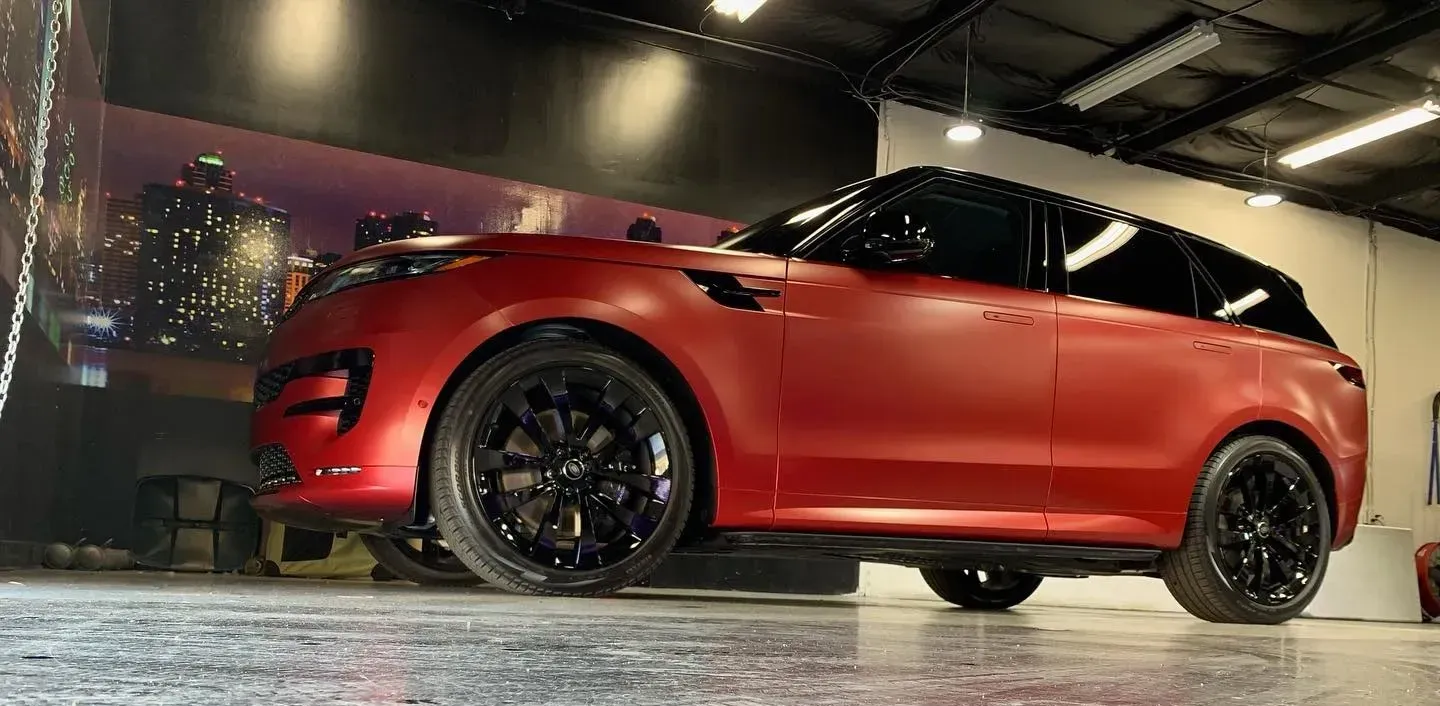
Advantages and Disadvantages of Specific PPF Applications
When applying PPF to different vehicle types, several factors come into play. The advantages of PPF and disadvantages vary depending on the specific application. Let's take a closer look at some popular uses and their associated pros and cons.
Protection for Exotic Cars
For exotic cars, PPF provides exceptional protection against scratches, road debris, and environmental elements. It also helps in maintaining the car's resale value and pristine appearance. However, the intricacies of how to install PPF on exotic cars demand the expertise of highly skilled technicians to ensure a flawless finish, leading to potentially higher labor costs due to the complex installation process.
Racing Car Application
In the case of race cars, PPF serves as a valuable tool for enhancing performance by reducing drag and protecting against abrasions caused by high-speed driving. However, frequent maintenance is often essential due to the wear and tear resulting from intense racing conditions. Race car drivers may need to balance the benefits of added protection with the need for regular upkeep, which could involve more recurring costs.
Fleet Vehicle Protection
When it comes to fleet vehicles used for commercial purposes, such as delivery vans or company cars, PPF can offer durable protection against minor abrasions and road damage, ensuring that the vehicles maintain a professional appearance. The added durability can contribute to cost savings by reducing the frequency of cosmetic repairs. On the downside, PPF installation for multiple fleet vehicles may require significant time and financial investment upfront.
Daily Driver Vehicles
For everyday commuter vehicles, such as sedans and SUVs, the PPF application can safeguard the paint from stone chips, scratches, and fading due to UV exposure. The increased longevity of the vehicle's exterior finish contributes to maintaining its aesthetic appeal and resale value. However, the cost associated with applying PPF to daily driver vehicles may require careful consideration for budget-conscious vehicle owners.
Off-Road Vehicle Usage
Off-road vehicles, including trucks and SUVs used for adventurous excursions, benefit from PPF's ability to shield against impact damage from rocks, branches, and rough terrain. While this protection is invaluable for off-road enthusiasts, comprehensive coverage for larger off-road vehicles may be relatively expensive due to their size and complex surfaces.
Each type of vehicle application comes with its own unique set of advantages and potential drawbacks. Understanding these nuances can help vehicle owners make well-informed decisions when considering specific applications of PPF for their vehicles.
By understanding these unique applications of PPF and their respective pros and cons, individuals can make informed decisions regarding the use of this protective technology on their vehicles.
Installation and Material for Specialized PPF Applications
When it comes to specialized paint protection film (PPF) applications, precision is key. Ensuring a custom fit requires precise cutting and shaping of the film, often necessitating custom templates and advanced installation techniques. This level of attention to detail ensures that every contour of the vehicle is safeguarded, giving peace of mind to car owners.
Specialized areas of vehicles often have unique dimensions or shapes, making it essential for installers to craft custom templates to accurately cut the PPF film. This measure is crucial as any missed spots can compromise the protection offered by the film, leaving vulnerable areas exposed to potential damage. Advanced installation techniques are employed to fit the film seamlessly around complex curves and edges, maintaining both protection and aesthetics.
The importance of selecting the appropriate PPF material cannot be overstated. Thicker PPF films are typically used for high-impact areas such as the front bumper, hood, or fenders, where they are more prone to damage from road debris or stone chips. These thicker films provide an additional layer of defense against potential impacts, thereby preserving the integrity of the vehicle's paintwork.
Conversely, areas with unique contours and curvatures may require a more flexible variant of PPF to ensure a smooth and seamless application without compromising its protective capabilities. The flexibility of the film allows it to conform snugly to the diverse shapes without creating unsightly wrinkles or imperfections. This aspect showcases how specialized PPF applications can be fine-tuned to cater to various sections of a vehicle, resulting in comprehensive protection across the board.
For instance, the delicate curves around side mirrors or door handles demand a pliable PPF that can adhere flawlessly to these intricate areas without affecting their functionality or appearance. By using these tailored solutions, cars benefit from optimal performance and longevity in diverse settings, ensuring that specialized PPF applications remain effective and reliable in safeguarding vehicles against potential damage.
Specialized paint protection film applications underscore the meticulous approach required for safeguarding vehicles effectively. To explore further options or initiate your PPF installation, please contact us at (619) 760-4962.
